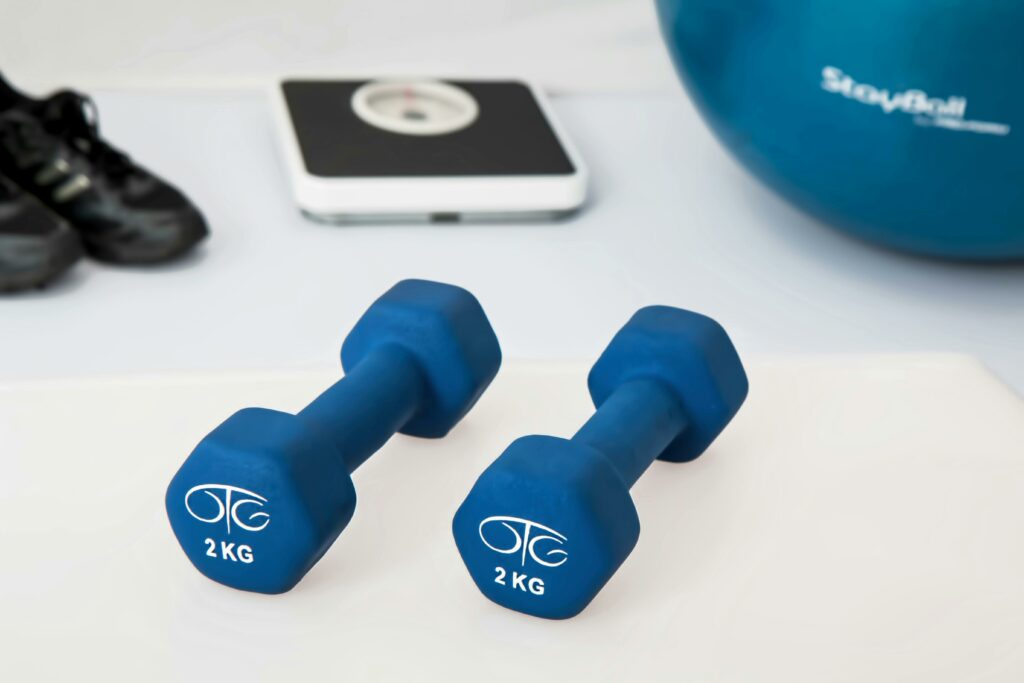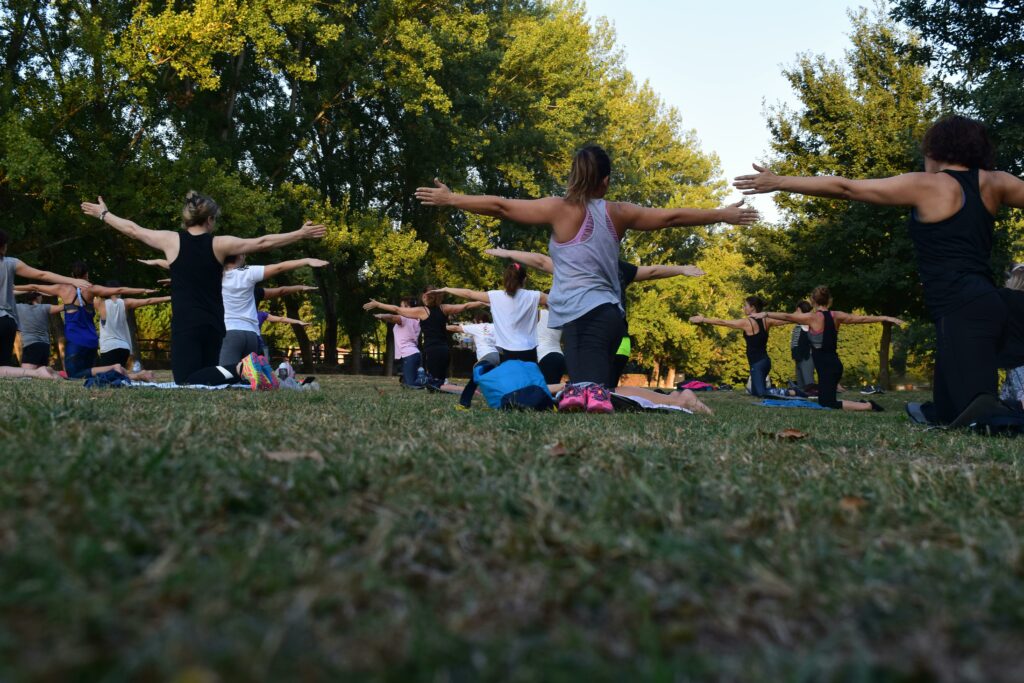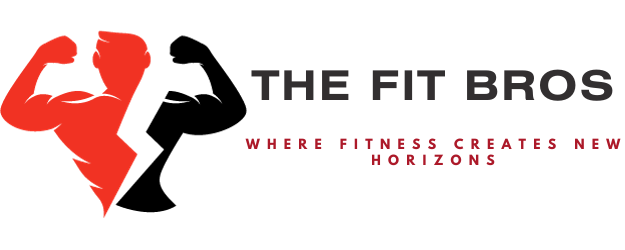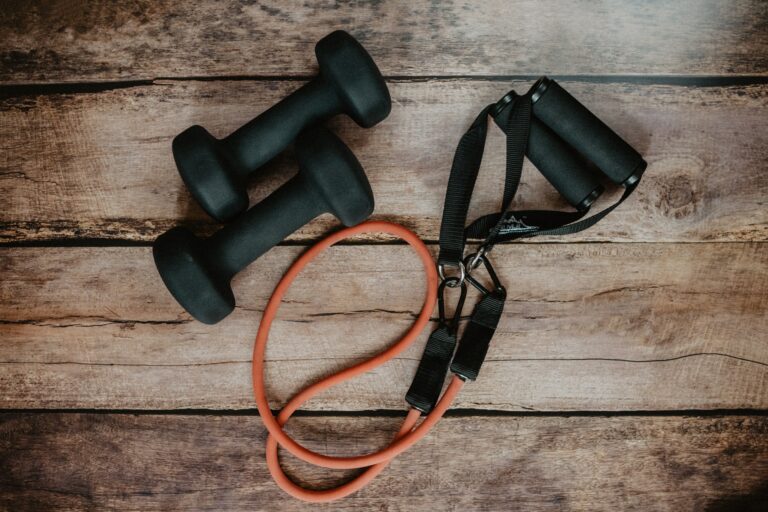Sustainable Fitness: Building Lasting Habits for Lifelong Health.
Welcome back to our ongoing journey towards a healthier, fitter you! In our previous blogs, we’ve covered the basics of starting home workouts and delved into advanced techniques to elevate your fitness routine. It’s time to shift our focus toward sustainability – the key to maintaining long-term health and well-being with the help of sustainable fitness.
In this comprehensive guide, we’ll explore the importance of building sustainable fitness habits, strategies for overcoming common obstacles, and practical tips for integrating fitness into your daily life. Whether you’re just starting or have been on the fitness journey for a while, this blog will equip you with the knowledge and tools to make health and fitness a lifelong priority.

The Importance of Sustainable Fitness:
Sustainable fitness is not just about achieving short-term goals; it’s about adopting habits and behaviors that support your health and well-being for the long haul. By prioritizing sustainability, you not only reach your fitness goals but also maintain them over time, leading to improved physical, mental, and emotional health with the help of sustainable fitness.
Key Elements of Sustainable Fitness:
- Consistency Over Intensity: Instead of focusing on intense workouts that lead to burnout, prioritize consistency in your fitness routine. Aim to exercise regularly, even if it means shorter sessions or lower-intensity workouts. Consistency is key to building lasting habits and seeing long-term results with sustainable fitness.
- Balanced Approach: Take a holistic approach to fitness by incorporating a variety of activities into your routine. Include cardiovascular exercise, strength training, flexibility work, and activities that promote relaxation and stress relief. A balanced approach ensures that you’re addressing all aspects of fitness and supporting overall well-being.
- Setting Realistic Goals: Set goals that are realistic and achievable based on your current fitness level and lifestyle. Break larger goals into smaller, more manageable steps, and celebrate your progress along the way. Setting realistic goals helps maintain motivation and prevents feelings of discouragement or overwhelm.
- Listening to Your Body: Pay attention to your body’s signals and adjust your workouts accordingly. If you’re feeling tired or sore, take a rest day or engage in lighter activity. Listen to your body’s cues for hunger and fullness, and fuel yourself with nutritious foods that support your fitness goals. And then restart with this sustainable fitness.
- Building a Support System: Surround yourself with a supportive community of friends, family, or fellow fitness enthusiasts who share your goals and values. Having a support system can provide encouragement, accountability, and motivation during challenging times. Share your successes and challenges with others, and celebrate each other’s achievements.
- Embracing Flexibility: Be willing to adapt and modify your fitness routine as needed. Life is unpredictable, and there will be times when your schedule or circumstances change. Instead of viewing these changes as obstacles, see them as opportunities to explore new activities or approaches to fitness. Stay flexible and open-minded, and be willing to adjust your plans as necessary. And continuously performing sustainable fitness.
- Mindful Eating Practices: Cultivate mindful eating habits that focus on nourishing your body with wholesome, nutrient-dense foods. Pay attention to hunger and fullness cues, eat slowly and mindfully, and savor the flavors and textures of your meals. Avoid restrictive diets or rigid eating patterns, and instead focus on fueling your body with foods that make you feel good. And continuously follow sustainable fitness.
- Prioritizing Recovery: Recognize the importance of rest and recovery in your fitness routine. Schedule regular rest days, incorporate active recovery activities like stretching or foam rolling, and prioritize quality sleep to allow your body to repair and recharge between workouts. Recovery is essential for preventing burnout, reducing the risk of injury, and promoting overall well-being.
Overcoming Common Obstacles:
- Time Constraints: Explore time-saving strategies like high-intensity interval training (HIIT), circuit workouts, or short, focused exercise sessions that can be easily incorporated into a busy schedule. Remember that even small amounts of exercise can add up over time, so find ways to fit movement into your day whenever possible.
- Lack of Motivation: Experiment with different types of exercise to find activities that you enjoy and look forward to. Set specific, meaningful goals that inspire you to stay committed, and consider enlisting the support of a workout buddy or coach for added motivation. Remember that motivation often comes and goes, so focus on building habits that will keep you moving forward even when motivation is low.
- Injury or Illness: Prioritize injury prevention by warming up properly before exercise, using correct form during workouts, and gradually increasing intensity or duration over time. If you experience an injury or illness, focus on rehabilitation and recovery before returning to full activity. Be patient with yourself and listen to your body’s signals as you gradually resume exercise.
- Stress and Burnout: Manage stress levels by incorporating stress-reducing activities like meditation, deep breathing exercises, or outdoor walks into your routine. Remember to prioritize self-care and relaxation to prevent burnout and maintain overall well-being. If you’re feeling overwhelmed, consider scaling back your workouts or seeking support from a mental health professional.
- Nutrition Challenges: Fuel your body with nutritious, balanced meals that support your fitness goals and provide the energy you need for exercise. Experiment with meal planning, prepping healthy snacks, and staying hydrated throughout the day to optimize your nutrition. Remember that food is fuel for your body, so prioritize foods that make you feel energized and satisfied.
- Environmental Barriers: Identify and address any environmental barriers that may hinder your fitness efforts, such as limited access to workout equipment or unsafe neighborhoods for outdoor exercise. Consider creative solutions or alternative options to overcome these challenges, such as exercising at home, joining a gym, or finding new outdoor workout spots.
Integrating Sustainable Fitness into Daily Life:

- Make Movement a Priority: Look for opportunities to incorporate movement into your daily routine, such as taking the stairs instead of the elevator, walking or biking to work, or scheduling active breaks during the day. Every little bit of movement counts towards your overall fitness goals, so find ways to stay active throughout the day.
- Create a Home Workout Space: Designate a dedicated area in your home for exercise, equipped with basic fitness tools like resistance bands, dumbbells, or a yoga mat. Having a designated workout space makes it easier to stay consistent with your workouts and eliminates the need for a gym membership. Personalize your workout space with motivational quotes, inspiring artwork, or your favorite workout playlist to make it a welcoming and motivating environment.
- Schedule Regular Exercise Sessions: Treat exercise like any other important appointment by scheduling it into your calendar. Choose times that work best for your schedule and stick to them as much as possible, treating them as non-negotiable commitments to your health. Consistency is key to building lasting fitness habits, so make exercise a priority in your daily routine.
- Mix It Up: Keep your workouts interesting and engaging by trying new activities, classes, or workout formats. Challenge yourself with different exercises, equipment, fitness, and sustainable fitness challenges to keep things fresh and prevent boredom. Explore different types of exercise, such as yoga, dance, or martial arts, to find activities that you enjoy and look forward to.
- Prioritize Recovery: Recognize the importance of rest and recovery in your fitness routine. Schedule regular rest days, incorporate active recovery activities like stretching or foam rolling, and prioritize sleep to allow your body to repair and recharge between workouts. Recovery is essential for preventing burnout, reducing the risk of injury, and promoting overall well-being, so make it a priority in your fitness routine.
- Mindful Movement Practices: Incorporate mindful movement practices like yoga, tai chi, or Pilates into your routine to improve flexibility, balance, and body awareness. These practices not only enhance physical fitness but also promote mental clarity and stress relief, making them valuable additions to your fitness routine. Practice mindfulness during your workouts by focusing on your breath, tuning into the sensations in your body, and being present in the moment.



